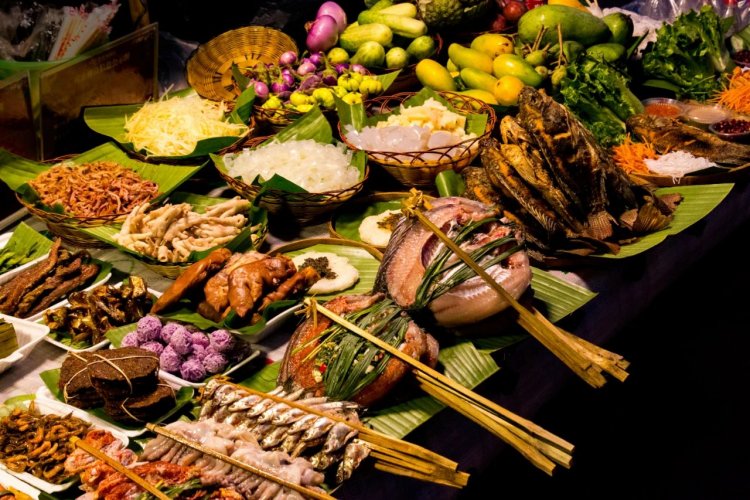WildChina: Why Guizhou Should Top Your Travel List in 2021
This post comes courtesy of WildChina Journeys (Wechat: WildChina Journeys), who aim to let travelers experience China differently by pointing the way toward life-changing experiences in every corner of this vast and endlessly inspiring nation without cropping out reality or cocooning in a tourist bubble. Visit their WeChat account for info on tours to this destination and beyond!
With international travel likely off the cards for a while longer, it's the perfect opportunity to explore China's off-the-beaten-path destinations.
One destination that absolutely deserves to be on your radar is Guizhou. With its ethnic minority villages, landscapes of rice paddy fields and karst formations, and mouthwatering cuisine, Guizhou feels a world away.
Our top tips for Guizhou to fuel your 2021 travel inspiration.
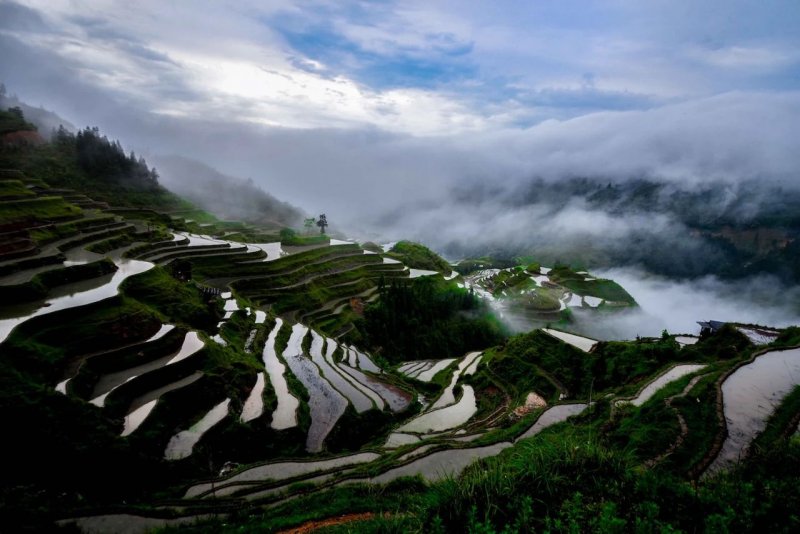
Getting oriented in Guiyang
Approximately eight and a half hours from Shanghai, and roughly nine hours from Beijing by bullet train, Guiyang is the perfect jumping-off point for exploring the many fascinating villages Guizhou has to offer. It's by no means the most interesting city in China, but don’t rush off without seeing a few of the sites. The three-story Jiaxiu Pavillion, the symbol of Guiyang, and Qianling Park are definitely worth visiting if you have time.
A microcosm of China's diversity
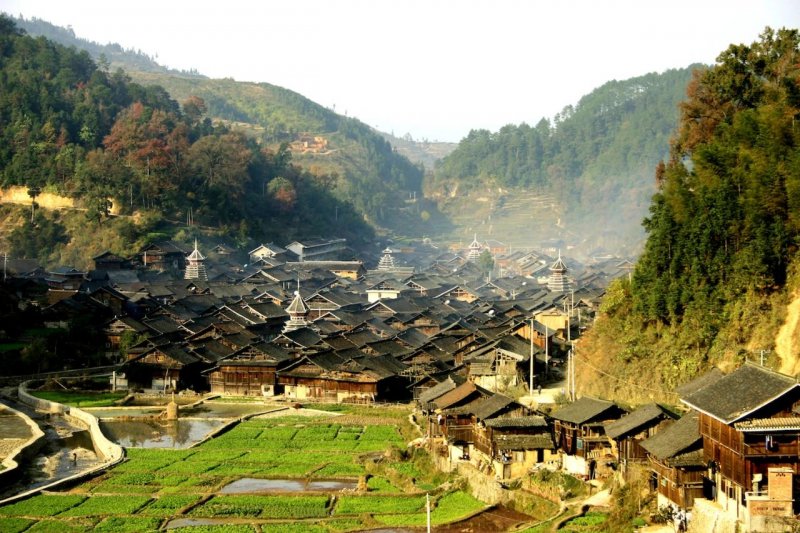
18 recognized ethnic minorities make up roughly 40 percent of the population in Guizhou, with the largest groups being the Miao, Dong, Bouyei (Buyi), Yi, and Shui.
Centuries of relative remoteness has preserved languages, customs, and traditions much better in Guizhou than in most other regions of China. Miao women, for example, still sport traditional hand-made embroidered clothing for everyday wear and make their own intricate silver jewelry and headpieces for special occasions.

Rural villages in Guizhou don't feel empty like many other parts of rural China do nowadays and people are always welcoming. And we mean really welcoming, to the point where it can be a bit overwhelming. People in Guizhou will go completely out of their way to make sure you feel at home and will ply you with local wine and snacks for as long as you’ll let them. This isn’t put on for show as some visitors think – people in Guizhou really are just that friendly.

There is no better time to experience the hospitality and traditions of these villages than during a festival season. The first of the year falls in February or March in the first month of the lunar year.
At this time of year, Miao communities gather in towns such as Zhouxi to celebrate Lusheng Festival and take part in singing, dancing, horse racing, and even bullfighting, accompanied by the sounds of the lusheng, a traditional reed instrument. In the village of Baojiatun, villagers commemorate a revered 6-7th century military leader by parading his statue around the town.
A landscape painting brought to life

There is a famous local saying in Guizhou that there are not three feet of flat land. Rising out of the surrounding hills like a finger pointing towards the sky, you won't want to miss the other-worldly Fanjingshan in the east of the province.

Another must, Guizhou's most famous natural attraction, is Huangguoshu Waterfall. Located around 45km southwest of Anshun City, this waterfall is one of the largest in East Asia, tumbling over 77m down into a deep pool. Part of a cluster of 18 waterfalls, there is plenty of exploring to be had in the area.
The godmother of spicy cuisines
The food of Guizhou is as much of an adventure as its mountainous countryside, characterized by one key ingredient: chilis.
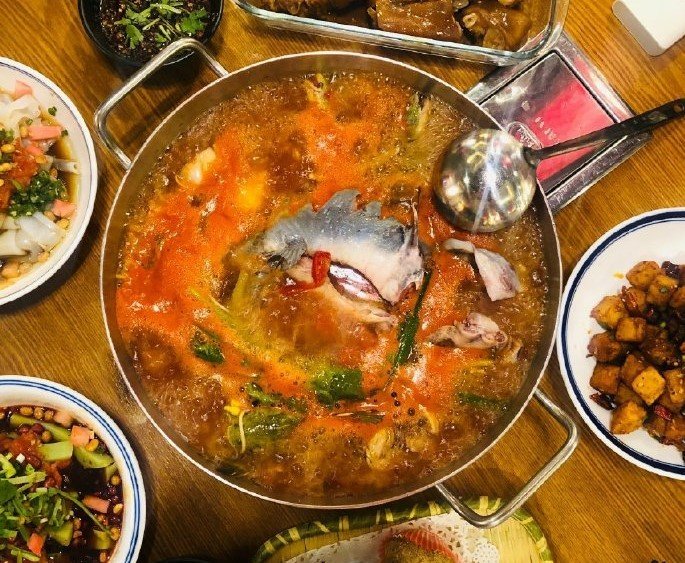
Being home to China's most famous chili sauce brand, Lao Gan Ma (Old Godmother sauce), should give you an idea of how important chilies are to the local cuisine. With food just as spicy as the cuisines of Sichuan or Hunan, here the defining flavor is sour and spice created by the judicious use of fermented and pickled vegetables, as well as naturally sour vegetables such as tomatoes.
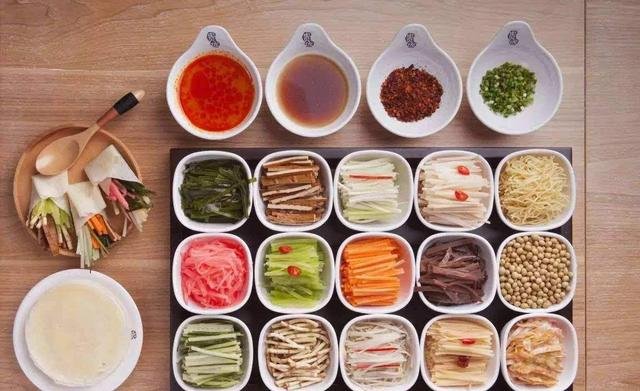
Look out for signature dishes such as fish in sour soup, 丝娃娃 sīwáwá – pancakes wrapped around shredded vegetables and dipped in spicy sauce, and stir-fried houttuynia. Changing from one village to the next, Guizhou cuisine is hyper-local, relying heavily on homegrown and foraged ingredients. Keen foodies are bound to find local restaurants and night markets extra exciting.
From food to scenery to culture, Guizhou offers something for every traveler, especially those who are willing to stray from the beaten path. If visiting provinces like Yunnan and Guilin have been highlights of your China travel so far, then Guizhou should definitely be next on your agenda.
Images: WildChina Journeys, Yangshuo (via UNSPLASH), Wikimedia Commons, Kknews


